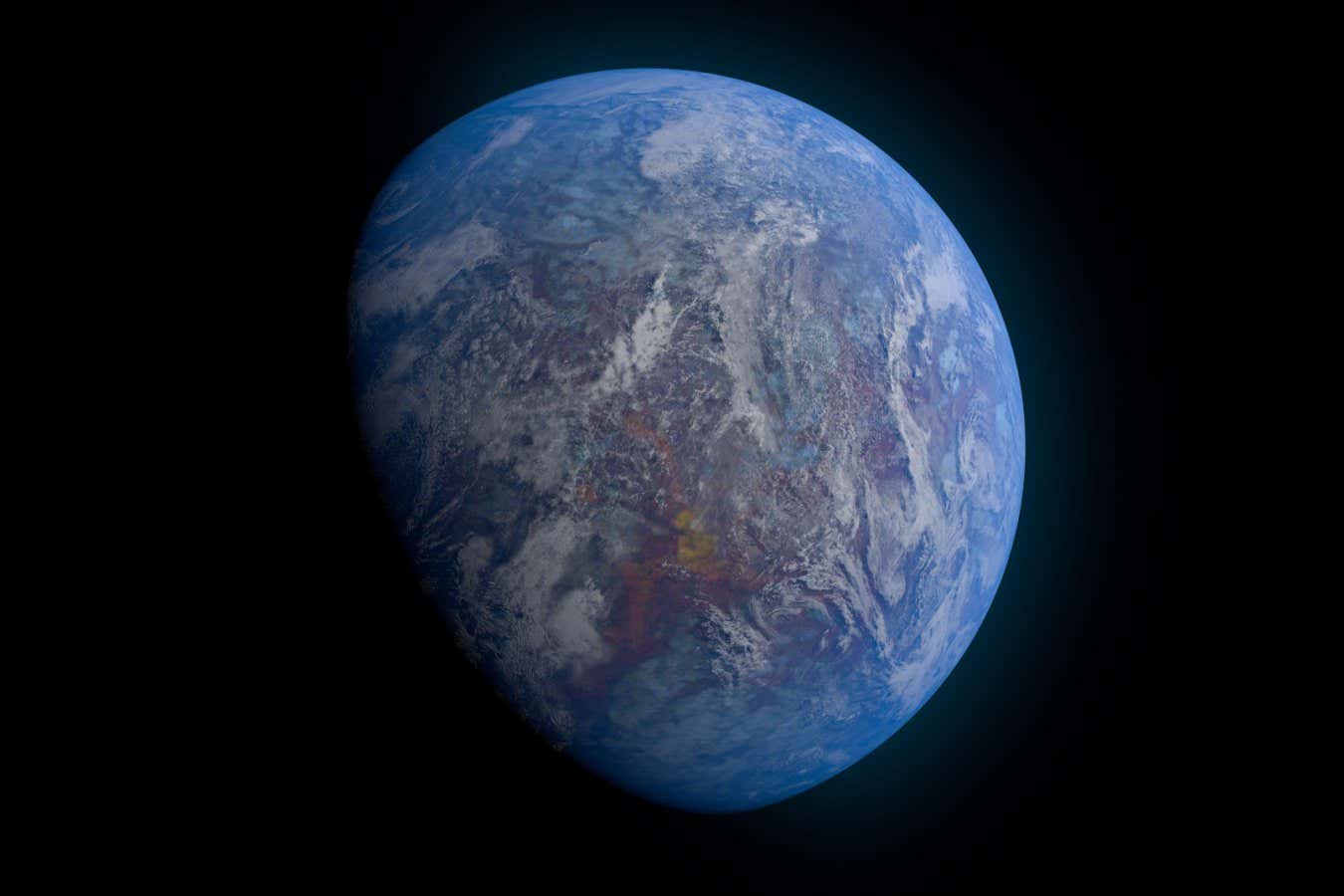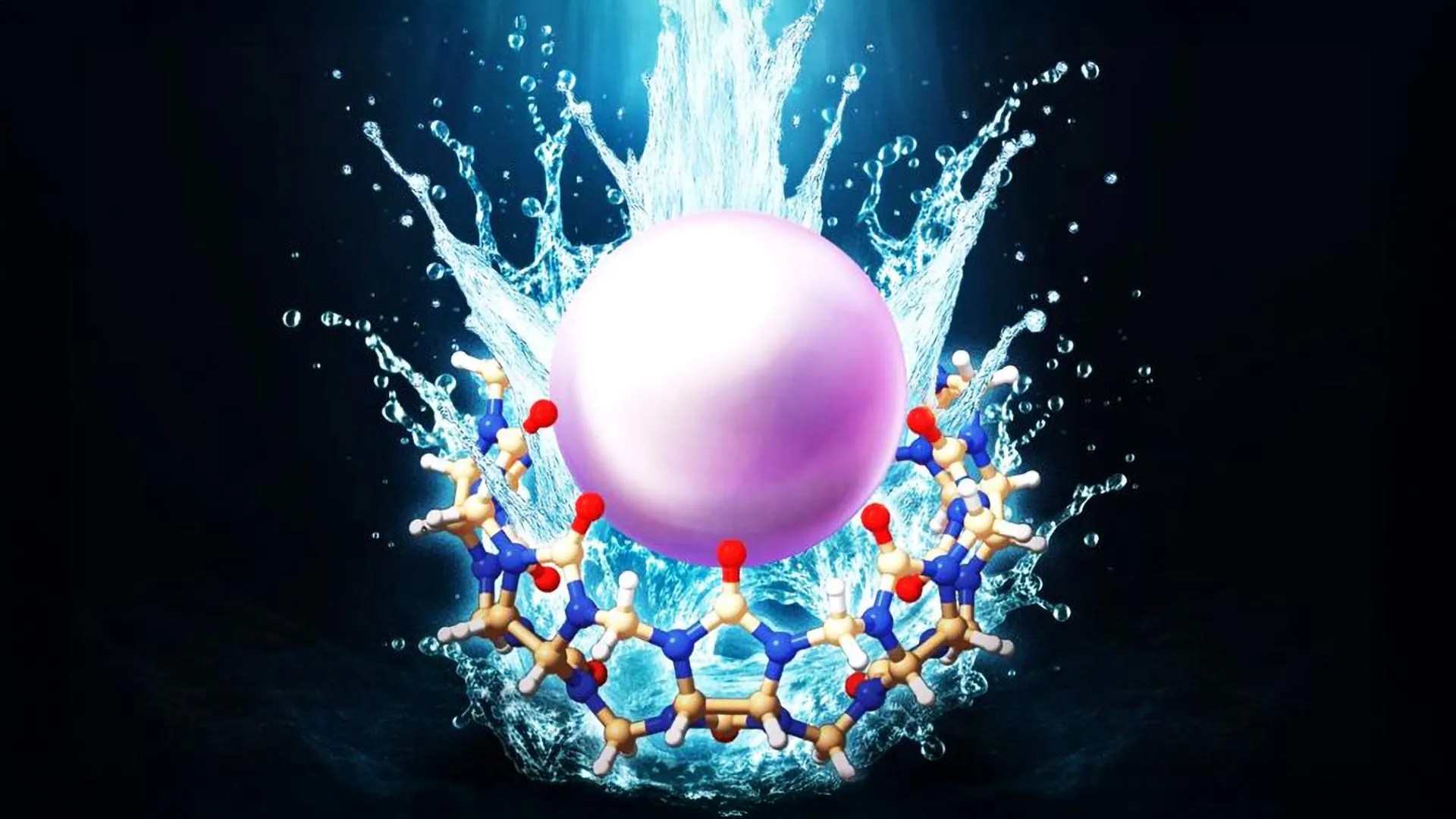
Alien worlds found in the “habitable zone” of their star may still not be right for life
PandorumBS/Alamy
The number of planets capable of hosting alien life may be smaller than we thought, thanks to a new understanding of how water levels drive a planet’s climate. Below a certain level, carbon dioxide in the atmosphere can grow too much and make a planet unbearably hot, which could also explain why Venus is as inhospitable as it appears today.
All life that we know of needs liquid water, which is why astronomers are keen to find planets in the “habitable zone” around their star region where temperatures are conducive for liquid water to exist. But now Haskelle White-Gianella at the University of Washington and her colleagues have found that just having some liquid water isn’t enough.
The researchers ran around 10,000 different simulations that calculate how the levels of CO₂ would change depending on the amount of water on a planet’s surface, assuming it was a similar size to Earth and received a similar amount of light. They found that a planet needs at least 20 per cent of Earth’s total surface water for it to be potentially habitable.
That is because water falling as rain plays a key role in storing carbon in the ground by triggering chemical reactions in rocks. Without enough rain, CO2 will build up in a planet’s atmosphere, trapping heat and rapidly raising temperatures above 126°C (259°F) – beyond what life as we know it, even in the most extreme examples, can survive.
“We find that there is a threshold of water needed to maintain a stable climate,” White-Gianella told the Goldschmidt geochemistry conference in Prague, Czech Republic on 10 July.
This means that a planet existing in the habitable zone isn’t enough for it to be potentially habitable, says White-Gianella, and that we need to look more carefully at its geologic history.
A similar scenario could also explain how Venus became the scorching, inhospitable environment we see today, said White-Gianella at the conference. While the sun’s increasing brightness since the birth of the solar system is thought to be the main reason for Venus’s loss of atmosphere and increased temperature, it doesn’t fully explain these changes. White-Gianella and her team re-ran their models so that they received Venus-like amounts of starlight, and found that even a planet with as much water as Earth may have lost too much CO2 and become uninhabitable.
It’s a compelling explanation for how Venus-like planets become extremely hot, says Benjamin Tutolo at the University of Calgary, Canada, but the picture could be more complicated if planets begin producing less CO2 over time, which is what we see when looking at Mars’s geologic record.
In Mars’s case, the liquid water actually pulled in too much carbon dioxide and stored it as carbonate minerals in the ground, says Tutolo, ultimately thinning its atmosphere and cooling the planet. White-Gianella says her team’s simulations focused on planets at Earth-like sizes and distances, and agrees the situation could be different for Mars-like planets.
Topics:







